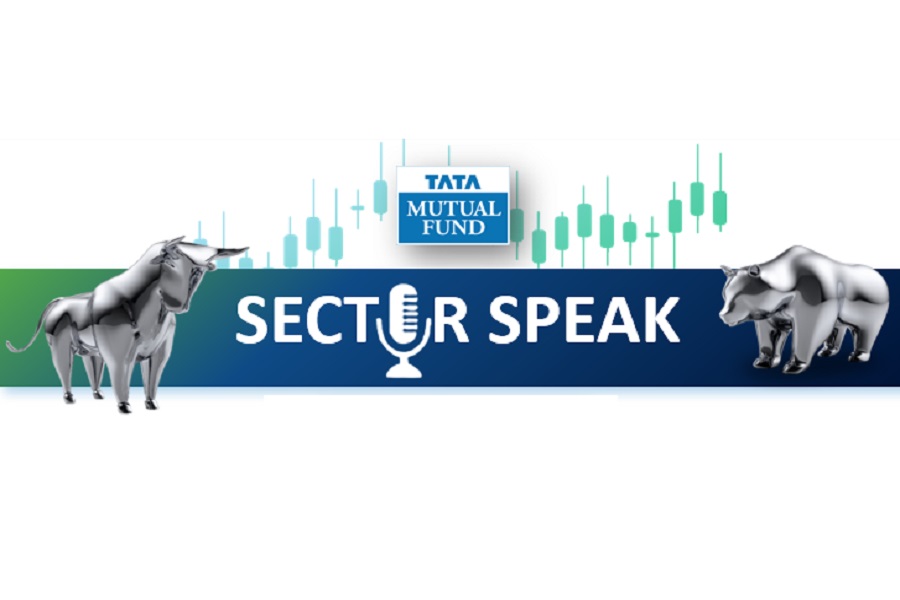25-07-2024 11:06 AM | Source: HDFC Asset Management Co Ltd

Operational impact: 73% cited competitive pricing as GST's greatest business operational benefit (up from 56%in 2022
7 years of GST - A Lookback at a Fruitful Journey!

Follow us Now on Telegram ! Get daily 10 - 12 important updates on Business, Finance and Investment. Join our Telegram Channel
On July 01, 2024, the implementation of the Goods and Services Tax (GST) will complete 7 years. Since March 2023, the collections for every month stand in excess of Rs.1.5 lakh crore. More importantly, the tax payers who filed after due date reduced by more than half from 3.35 crore in FY2019 to 2.10 crore in FY2023. The GST system has, amongst other positives, increased tax buoyancy in both indirect and direct taxes, eased logistics, bettered tax administration, improved transparency and increased formalisation. Persistent improvement in tax collections bodes well for the fiscal position, and allows the government to spend on developmental initiatives.
Recently, a reputed consultancy firm conducted an online survey with 760 C-suite and C-1 level seniors of companiesof various sizes across 6 industries to comprehend the industry's views on the 7-year journey of GST, and understandthe status of GST implementation, assess the progress made so far and gather feedback for the next stage of reforms.
While response has been majorly positive, here are some of the key findings:
Growing confidence in GST: -84% of respondents recognised GST's positive perception (up from 59% in 2022and 72% in 2023) paving the way for reforms in GST 2.0
Operational impact: 73% cited competitive pricing as GST's greatest business operational benefit (up from 56%in 2022
and 61% in 2023)
Top performance areas: Automation of tax compliances and e-invoicing/e-way bill initiatives continue to be votedas top performance areas, followed by issuance of circulars/instructions
GST 2.0 priorities: Rationalising rates, streamlining dispute resolution and embracing faceless assessmentsremain a key demand among the respondents
Measures to boost sectoral growth: High emphasis on removing input tax credit restrictions (very large: 87%, large: 83%, Micro, Small and Medium Enterprises: 88%)
Unlocking liquidity: A unanimous emphasis on cross-utilisation of CGST credit for multi-state businesses
Before the implementation of GST, some of the primary problems that were noticed were:
Levy of central excise duty on goods manufactured and produced, which limited the taxable event at manufacturing point, leading to a narrow tax base
Exclusion of services posing difficulties in taxation of goods supplied as part of a composite works contract Cascading of tax payable at the time of sale being levied on a value which already included the tax paid atthe time of manufacturing (central excise duty)
Lack of uniformity in Value Added Tax (VAT) provisions and rates
To replace the erstwhile origin-based taxation, GST was designed and structured as a destination-based tax. In this multi-stage collection mechanism, tax is collected at every stage and the credit of tax paid at the previous stage is available as a set off at the next stage of transaction. This shifts the tax incidence near to the consumer and benefits the industry through better cash flows and better working capital management.
With the complexity of interstate transactions significantly reduced by elimination of entry taxes and local taxes, the movement of goods has become smoother and quicker, positively impacting the supply chain. This has brought a higher operational efficiency of the supply chains of companies, leading to a significant boost in their margins.
First instance - As per the data published by Central Board of Indirect Taxes and Customs (CBIC), the implementationof GST has led to a reduction in prices of a majority of household items such as: (a) flour (not pre-packaged), (b) curd(not pre-packaged), (c) buttermilk (not pre-packaged), (d) cosmetics, (e) television, (f) refrigerator, and other items.
Second instance For affordable housing (housing project using at least 50% of the Floor Area Ratio for dwelling units with carpet area of not more than 60 square metres), in GST Council meeting held in March 2019, the effectiveGST rates were reduced to 1% without Input Tax Credit (ITC) from an effective rate of 8%. Assuming a stamp duty of5%, the overall tax burden reduced from 13% to 6%, leading to a significant cost reduction for potential home buyers.
According to India's Finance Minister, Smt. Nirmala Sitharaman, the number of registered entities has seen 2x rise - from 67.8 lakh at inception to 1.4 crore in June 2023. While there have been challenges like fake GST invoices for wrongful availing of ITC, anti-evasion measures have detected a GST evasion of -2.01 lakh crore in FY2024.
As GST has become a key driver for formalization and transparency, higher GST collections have been a key indicatorof the strong pace of economic activity. This has been evident in optimistic high frequency indicators like manufacturing PMI, power demand and others. All these developments are good for India's structural growth, and areultimately helping in reducing the fiscal pressures of India.
Above views are of the author and not of the website kindly read disclaimer
Latest News

Varun Dhawan: Bollywood needs new voices, artists fr...

Diabetes, inflammation can make your brain age faste...

Founders of 28 Indian new-age startups took home Rs ...

Heart muscle can regenerate after failure in some pe...

G Trisha, spinners star as India win inaugural U19 W...

Central PSUs record 47 per cent jump in net profit f...

Market Outlook: US bond yields, dollar index, FII da...

For PM Narendra Modi, green economy is another way t...

Monthly 5G traffic in South Korea likely to surpass ...

South Korea holds largest share of US battery materi...


 320-x-100_uti_gold.jpg" alt="Advertisement">
320-x-100_uti_gold.jpg" alt="Advertisement">












